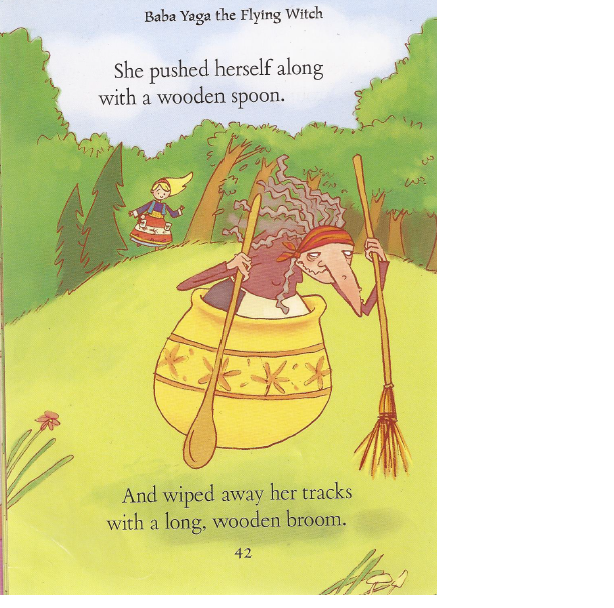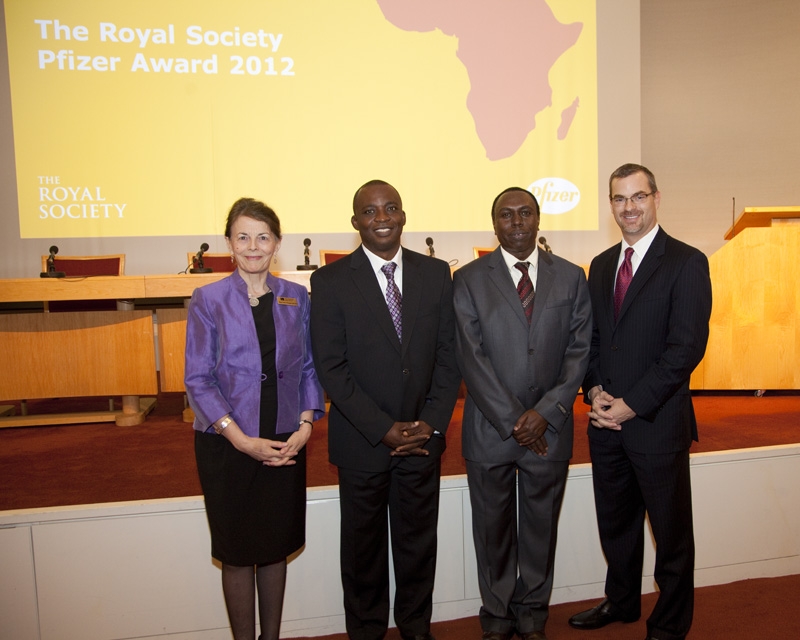
Learning to hate the old
Children’s story like this popular one – The Wizard of Oz – have a witch, who is old and nasty. We had H&G who were tricked into a cake-house by an old wicked witch. On TV, the movie ‘Brave’ just to pick one, has a nasty old woman that hands a child a cup-cake that turns her mother into a bear. I could go on and on.
As we grow older, both old men and women enter the narrative as rigid, childish or just stupid.
Its easier to fight racism and homophobia but it appears to be impossible to fight the rampant discrimination against the old. It has been accepted and institutionalised and we are now so afraid of growing old.
Ageism is a public health problem and as I noted in my last blog – the WHO states that between 4-6% of elderly people experience some form of maltreatment in the home. This is set to increase as the world population ages.
Ageism refers to prejudice, discrimination, and stereotyping against someone based on his or her age – more often than not, it is targeted at the old. For this article, I have borrowed heavily from an article in the Encyclopedia of Gerontology, titled ‘Ageism and Discrimination’, written by TD Nelson of California State University in 2007.
In this article, Nelson attempts to trace the origins of Ageism.
In the pre-industrial societies, older people were held in high regard. Their life experience was treasured, their wisdom esteemed. They were the leaders of their communities. Those who wished to learn about the nature of the society and working of the world consulted with them. But then came industrialisation and with it the printing press. The young no longer needed the old for their knowledge, they could read these things and the elders were not the sole information providers.
To add insult to injury – to use the very cliché phrase, the industrial revolution happened. Families moved from their tight networks, that involved living near grandparents, in search of work. In this new era, innovation was more valued than tradition. Forced retirements were put in place to replace the rigid elders and pave way to innovaters.
Slowly, the elderly lost their status and became more of a burden to the young who put them in nursing homes so that others would take care of them.
The above are some of the tangible issues that have led to the loathing of the elderly in our current youth-worshipping world.
Nelson expounds on some theoretical aspects of ageism. He talks about Terror Management Theory (TMR). According to TMR, we derive our self-esteem from the thought that our being in this world has a purpose. The fear of aging then becomes a fear of having no purpose. Older people are a reminder to the young of their mortality – stereotyping older people fools the young into believing that the same fate does not await them. Nelson believes that demystifying death as a natural process in life may allow the young to be more accepting.
Because of their dependence on adult children, the elderly start to be treated as children and they in turn start to behave in that manner.
Implicit ageism where someone is ageist and totally unaware of it can originate from children learning from a young age that older people are not regarded in society. Children’s books are highly biased against older people.
The long term effect of continually viewing older people in a bad light is difficult to break out of since it’s barely noticed by those bearing it.
Treating old people like children, talking to them loudly or with simple sentences or slowly are all forms of ageism. An industry around jokes about growing old and poking fun at the old is considered harmless.
Experiencing ageism
Retirement is a hard one – we are what we do – our social identity comes from work. An older person must find a way to re-define themselves, that transition if difficult, it is worse if the retirement was forced.
I read an article this Saturday, written by a retired professor at the university that highlights the loneliness of retirement and growing old, feeling disregarded.
http://www.nation.co.ke/lifestyle/weekend/Austin-Bukenya-Kenya-Literature/-/1220/2309130/-/1v4w3z/-/index.html
If such a high flying Prof feels this way, what is it like for many more.
As a society we are not making an effort to make use of retirees – so that they stay committed to their communities in a meaningful enjoyable way and have a satisfying time of their life. We spend our whole life acquiring all this experience for it to be thrown in our faces – what is the point? Do we not move forward by ensuring that the past is not forgotten – perhaps this is the way civilizations disappear – when the very core rots.
The messages that old people are not needed are very loud in youth-orientated society that now literary encompasses the whole world. In some Western countries, messages that old people belong to retirement homes, nursing facility and should not be a burden to their family are out there all the time.
The only society were older people may still be living a fuller life are eastern societies – birth, death are a natural continuum – but as they get more westernised, their esteem for the old is dying.
I quote per verbatim (you can accuse me for plagiarism here, I am guilty), 10 ways to reduce ageism in society:-
1- Information needs to be shared with media outlets and authors (notably of children’s school books and entertainment books that older adults have a great deal to contribute to other people and society.
2- Opportunities for older adults to contribute to their community should be created
3- Conditions need to be created that allow older adults more control and independence in their lives
4- Much more attention needs to be given to post-work life for older citizens. Their lives can be fulfilled with continuing opportunities to contribute and they can grow and thrive mentally, socially, financially and emotionally
5- Contact between older adults and younger people should be increased and encouraged so that children and young adults are exposed to the wisdom, history, and value of interacting with adults with so much experience. Doing this demystifies what older people are like and it helps to break down the stereotypes about older people
6- Stereotypes and myths about aging need to be confronted with actual figures and facts about aging.
7- Perspective taking should be used as an effective method for teaching empathy for other groups: some evidence suggests this is effective in significantly reducing ageism.
8- The way that society views death (currently with dread) needs to be directly confronted such that death is reframed as a natural part of the life cycle that is not to be feared but accepted as a normal part of life.
9- Efforts need to be made to address all explicit and implicit institutionalized ageist practices and traditions (e.g hiding signs of aging, jokes about negative characteristics about older people
10- Younger people need to be taught that older people should be treated with respect.





